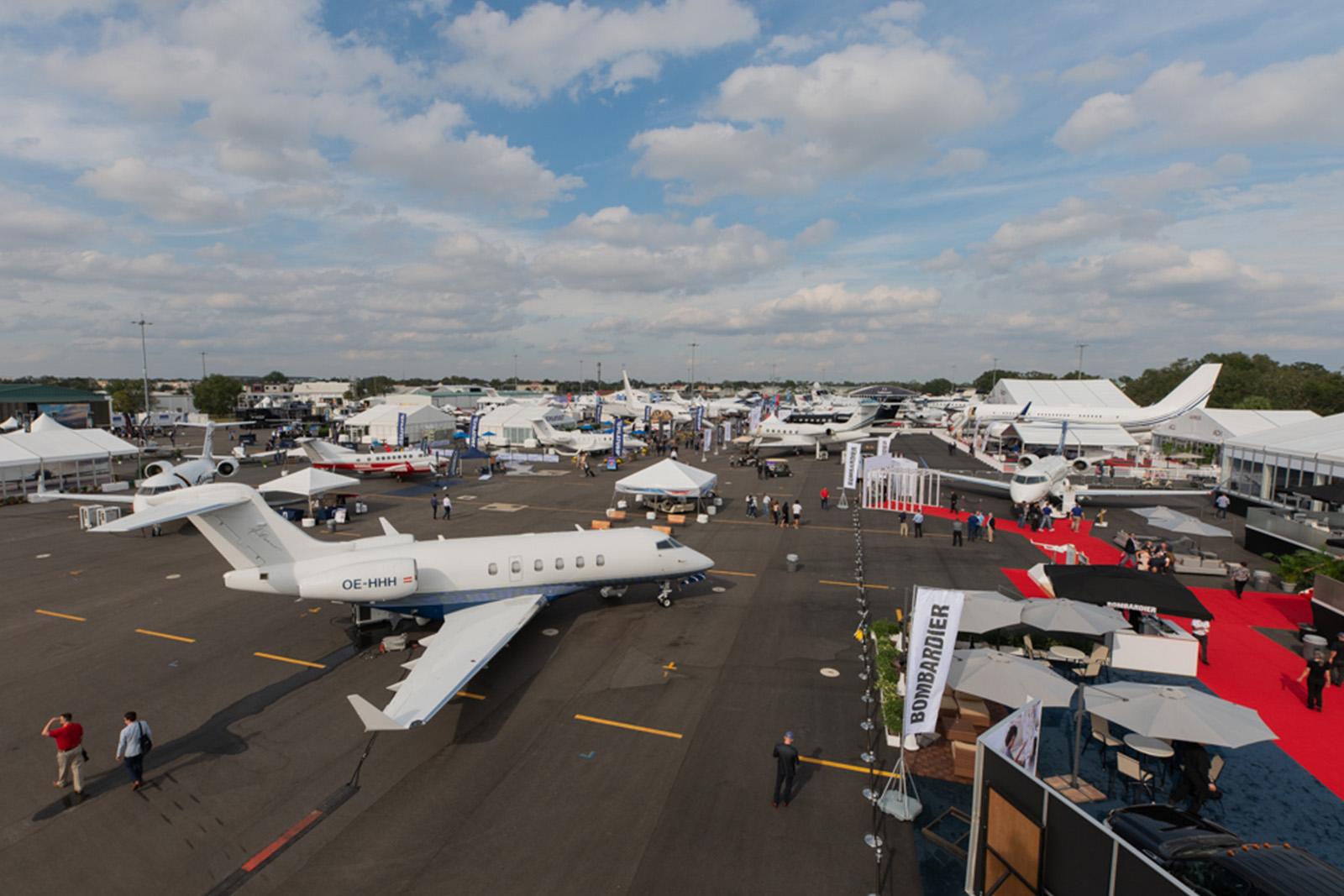
ORLANDO—The mood here at the NBAA Business Aviation Convention & Exhibition (NBAA-BACE) is optimistic despite inflation, recession and a resulting bumpy stock market in North America. Why?
For starters, we’re coming off of 2021, which was a record year for business aviation growth.
Two, preowned aircraft inventory levels are still low, which shows there is still much demand for used aircraft. The numbers are not as low as the records set last year, but the preowned aircraft inventory only ranges from 2.3% for super light jets to 5.5% for midsize jets, according to JetNet. The rest of the aircraft categories fall somewhere in that range, with the exception of personal jets, which climbed to 7.6% from about 2% last year. Those are low numbers as well.
To put this in perspective, International Aircraft Dealers Association (IADA) dealers so far have closed 929 aircraft sales, compared to 869 transactions for the same period last year. IADA Chair Zipporah Marmor, who also is ACASS’s vice president of aircraft transactions, thinks the fourth quarter, which is traditionally a very strong quarter for aircraft sales, could be “on par or even better than 2021, but it’s hard to predict.”
Three, OEMs have a strong book-to-bill backlog—2:1 or 2.5:1, according to JetNet. That’s good for the OEMs, but Rolland Vincent, JetNet iQ director, says customers might not want to wait 2-2.5 years to get a new jet, “so I think we’re naturally going to see a softening of booking to billing.”
Four, the pandemic drove a new big group of business aircraft users to the market. Will they remain? The consensus here is yes. An expanded group of business aviation users helps buoy the industry.
For these reasons, 2022 could be another record year for business aviation.
Looking out to next year, Marmor predicts “we’ll still see a strong market, but it will be a bit more normalized compared to the last two years.”
